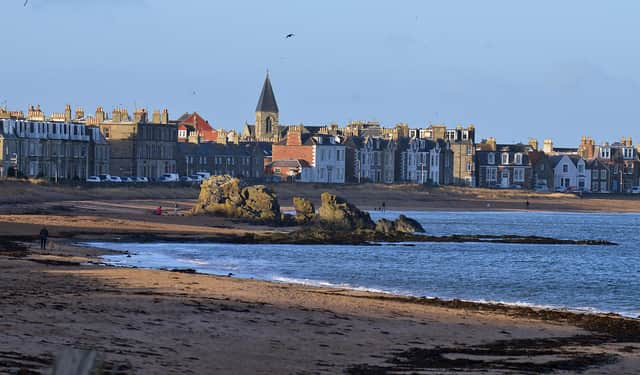The location rule still applies beside the seaside - David Alexander


For many decades the British seaside was the destination of choice for most family summer holidays until cheap flights to the sun brought about a major decline from the 1970s. But if the popularity of the seaside has waned among home visitors (even though staycations are expected to shoot up this summer due to you-know-what) the opposite is happening with people who want to make the coast their permanent place of residence.
According to a new survey by Halifax Bank, demand for homes in many of Britain’s coastal communities has risen by ten per cent (or just over £24,000) in the past year, with the average price currently standing at £265,978. Salcombe in Devon is the country’s most expensive seaside town, where average prices are not far short of £1 million, even pushing Sandbanks, near Poole in Dorset, into second place (despite the regular publicity given to the location by its most famous resident, Harry Redknapp former manager of Spurs, West Ham and five other major clubs).
Advertisement
Hide AdAdvertisement
Hide AdBut wait. Although the ten most expensive seaside towns are all in England, the ten least expensive are located north of the Border. This ranges from Millport, “capital” of the isle of Cumbrae, which comes in at a lowly £74,148, to Stranraer where the average price is £110,674.


Significantly, perhaps, eight of the Scottish locations are on the west coast with the other two – Wick and Thurso – in the far north. Despite this, Port Bannatyne on Bute recorded one of the biggest annual rises in Britain – from £95,665 to £128,405, an increase of more than one-third. On the other side of the country, the fishing port of Eyemouth in Berwickshire recorded an even bigger 36 per cent rise, from £135,754 to £183,997, while further up the east coast, in Anstruther, prices rose from £176,073 to £215,659.
According to the Halifax, the annual percentage price rise in Eyemouth (2019/20 to 2020/21) was the second-largest for a British seaside location while Port Bannatyne tied with Padstow in Cornwall (location for Rick Stein’s famous fish restaurant) for the largest rise (75 per cent) over ten years. In real terms, however, Port Bannatyne is significantly cheaper than Padstow - £128,405 as against £616,368.
Coastal locations have always held a particular attraction for buyers who are nearing or have reached retirement age but these figures may suggest the appeal rippling out to younger and mid-life age groups. Within cities and towns there has been a definite increase in demand for housing that offers greater space (especially of the outdoor variety) due to covid; after all what better, in terms of space, than a bungalow with a big garden - and the ocean at the end of the road?
However some people who have “retired to the seaside” have found their choice of location just too retirement-orientated and complained about a lack of mixed aged groups. Other concerns are access to shopping facilities offered by the larger superstores, to GP surgeries and long travel times for hospital appointments.
The most popular destinations are those that offer the best of both worlds, for example North Berwick, which is the archetypal attractive small seaside town but also has good rail and bus links with Edinburgh and, for motorists, easy access to the A1. North Berwick is also the sort of place where a house for sale will attract a wide range of buyers. Not so long ago a block of flats we were instructed on sold like hotcakes and demand came from people across the adult age range.
So, while most non-industrial seaside towns may seem attractive places to live the rule of “location, location, location” applies as much here as it does further inland.
David Alexander is managing director of DJ Alexander
Comments
Want to join the conversation? Please or to comment on this article.